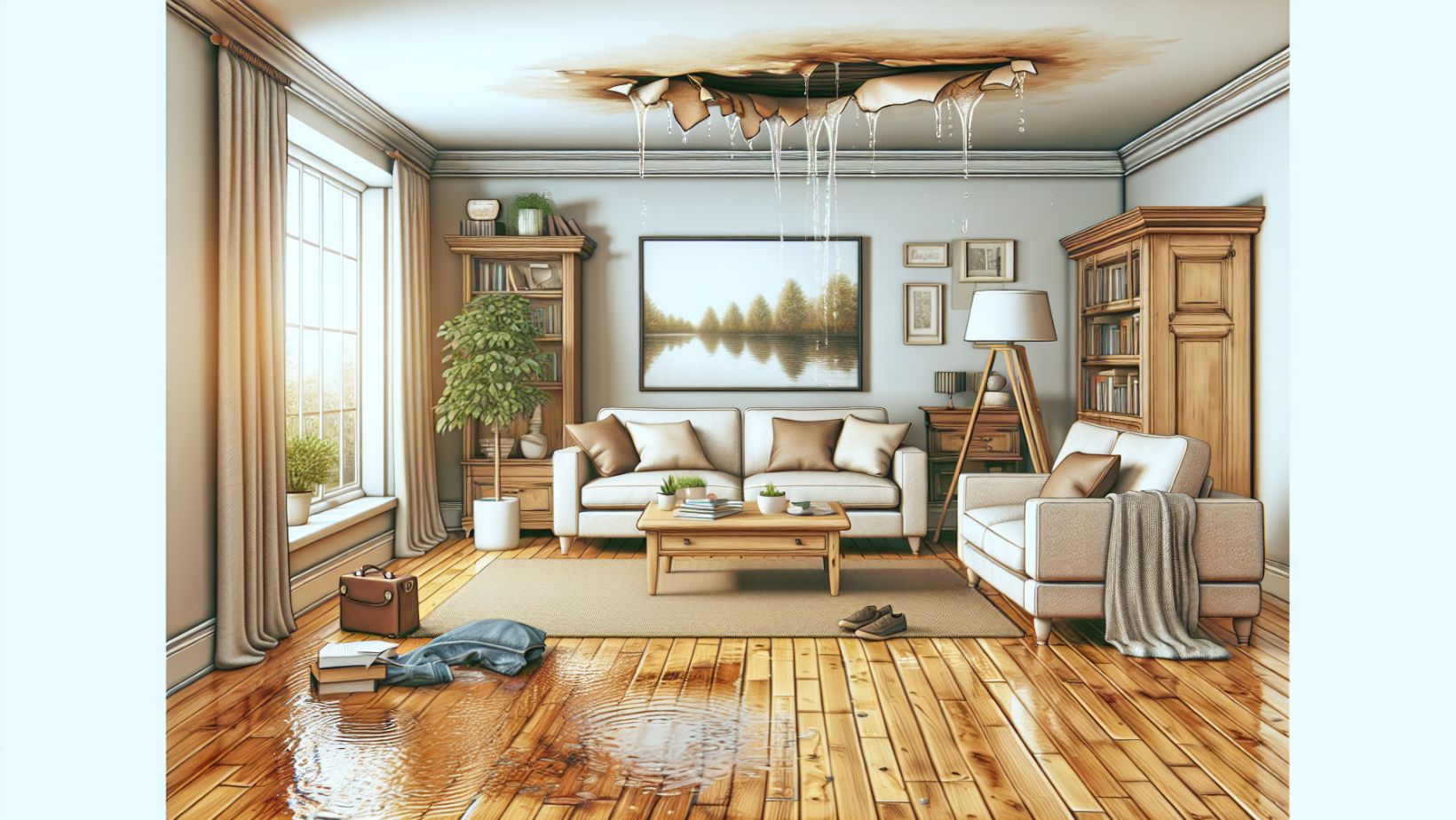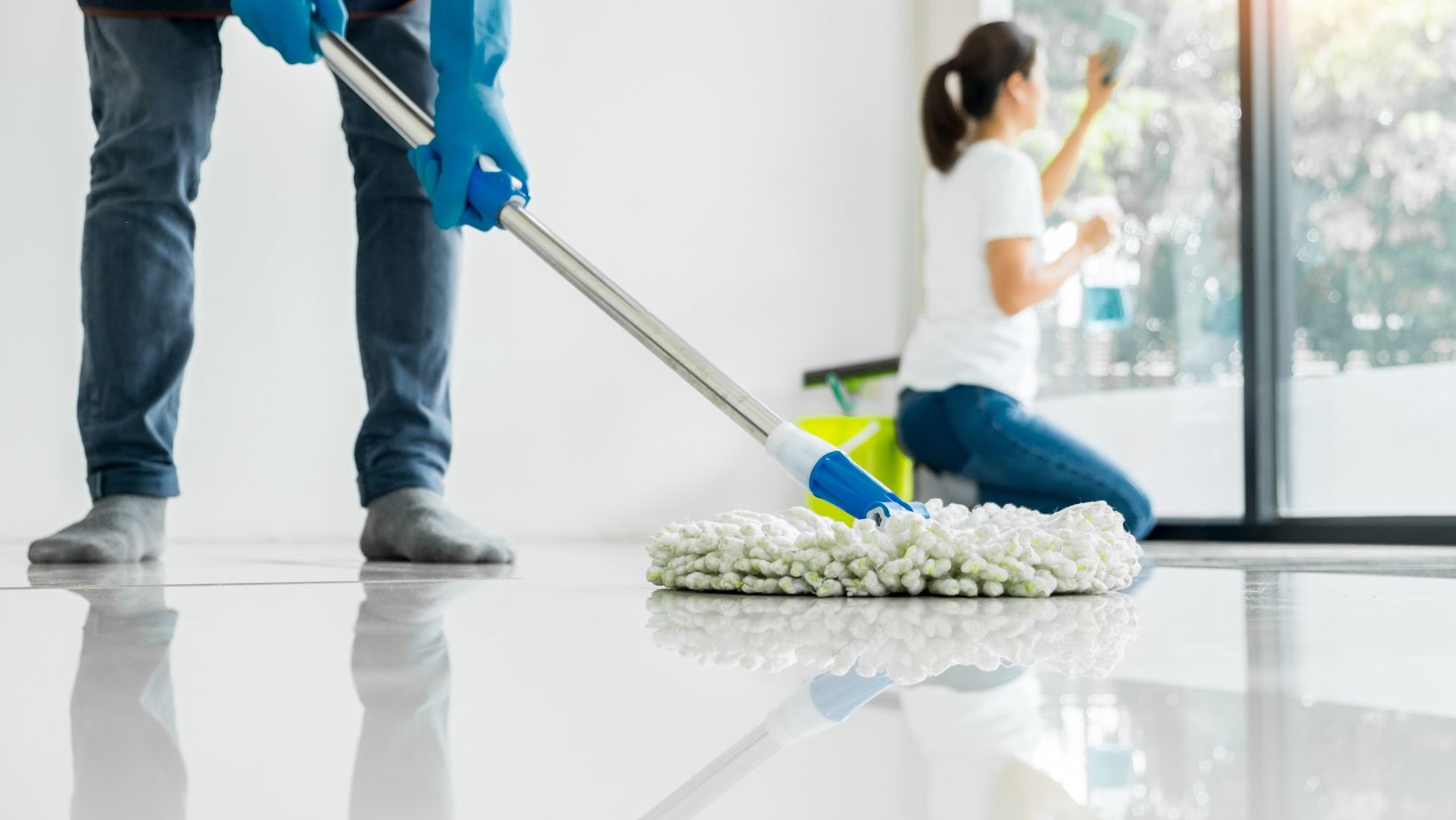
You’ve noticed a musty smell in your basement or a strange stain on your ceiling. Could it be water damage? This article will help you identify the telltale signs of water intrusion in your home and guide you on what to do next. Learn how to protect your property and health by catching water damage early and taking swift action.
Water damage can be a homeowner’s worst nightmare. It’s sneaky, often starting small and growing into a major problem before you even realize it’s there. But don’t worry – with a keen eye and some know-how, you can spot the signs early and save yourself a lot of headaches (and money) down the road.
The Nose Knows: Musty Odors and Mold
One of the first signs of water damage is often a musty, damp smell. This odor is typically caused by mold or mildew growth, which thrives in moist environments. If you notice a persistent, earthy smell in your home, it’s time to investigate further.
Look for visible signs of mold, which can appear as dark spots or patches on walls and ceilings, or read more about how to identify different types of mold. Remember, mold isn’t just unsightly – it can also pose serious health risks, especially for those with respiratory issues or allergies.
Visual Clues: Stains, Discoloration and Peeling Paint
Water leaves its mark, quite literally. Keep an eye out for:
- Water stains: These often appear as brownish or yellowish marks on ceilings, walls, or floors.
- Discoloration: Look for areas that seem darker or off-color compared to surrounding surfaces.
- Peeling paint or wallpaper: Excess moisture can cause paint to bubble or wallpaper to separate from the wall.
If you spot any of these signs, acting quickly is crucial to prevent further damage.
The Sound of Trouble: Drips, Creaks and Gurgling
Sometimes, you can hear water damage before you see it. Listen for:
- Dripping sounds, especially when it’s not raining
- Creaking or warping floors
- Gurgling pipes or toilets
These noises could indicate leaks in your plumbing or roof, or problems with your home’s drainage system.
Structural Changes: Warping and Sagging
Water damage doesn’t just affect surfaces – it can compromise the structural integrity of your home. Be on the lookout for:
- Warped or buckled flooring
- Sagging ceilings
- Doors or windows that suddenly become difficult to open or close
These issues often indicate that water has penetrated deep into your home’s structure, potentially weakening support beams or causing wood to rot.
Act Fast: What to Do When You Spot Water Damage
Once you’ve identified signs of water damage, acting quickly is crucial. Here’s what you should do:
- Find and stop the source of the water: This might mean fixing a leaky pipe, patching a roof, or improving drainage around your home’s foundation.
- Remove standing water: Use pumps, wet vacuums, or even buckets to get rid of any pooled water.
- Dry out the affected area: Use fans, dehumidifiers and open windows to promote air circulation and drying.
- Clean and disinfect: Once the area is dry, clean thoroughly with appropriate disinfectants to prevent mold growth.
- Assess the damage: Determine what materials need to be replaced and what can be salvaged.
- Contact professionals: For extensive damage or if you’re unsure how to proceed, don’t hesitate to call in water damage restoration experts.
Remember, promptly addressing water damage can prevent more serious issues, saving you time, money and stress. By staying vigilant and knowing what to look for, you can protect your home and your health from the insidious effects of water damage. Don’t let a small leak turn into a big problem – keep your eyes, ears and nose open for signs of trouble, and act fast when you spot them.







